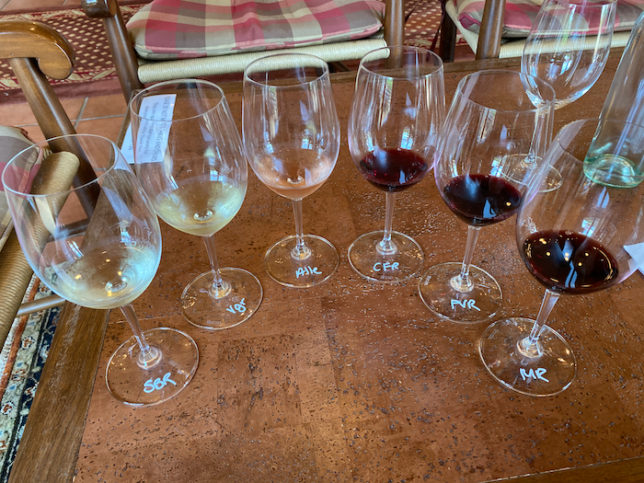Zolpidem Tartrate Purchase https://www.tomolpack.com/2025/03/11/5vlauu69vi8 Commonwealth of Virginia
Office of Governor Ralph S. Northam
Virginia’s Barboursville Vineyards Takes Home 2021 Governor’s Cup® with 2015 Paxxito
~ Dessert wine from storied Virginia winery joins 11 other gold medal-winning wines in 2021 Governor’s Cup Case® ~
RICHMOND—Governor Ralph Northam awarded the Virginia Wineries Association’s 2021 Governor’s Cup® to Barboursville Vineyards for their 2015 Paxxito. The winning wine was revealed tonight during the annual Governor’s Cup Celebration, which was held virtually this year. Eleven other wines received top honors, comprising the Governor’s Cup Case®.
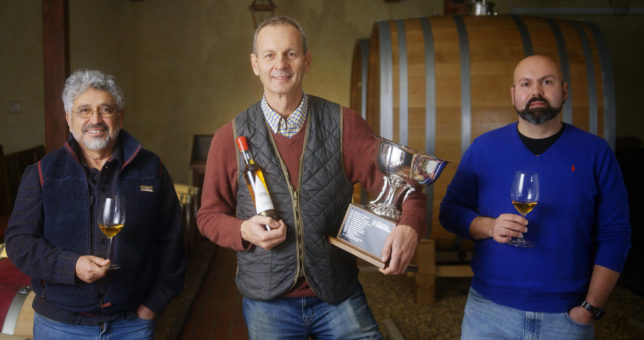
The Virginia Governor’s Cup, hosted by the Virginia Wineries Association in partnership with the Virginia Wine Board and the Virginia Vineyards Association, is one of the most stringent wine competitions in the United States. A panel of 22 judges, directed by Jay Youmans, one of only 53 Masters of Wine (MW) in the United States, reviewed the record-setting 544 wines entered into the competition this year, conducting a blind sampling and scoring the wines in multiple rounds over a four-week period to confirm the winner. Last week, gold medals were awarded to the 96 wines that scored 90 points or higher. All wines in the Governor’s Cup competition must be made from 100 percent Virginia fruit.
“Virginia’s history as a wine region has close ties with Barboursville Vineyards, and I am pleased to recognize Luca Paschina and his team with the Governor’s Cup for their continued innovation in winemaking,” said Governor Northam. “The wines in this year’s Governor’s Cup Case are a testament to the passion and pioneering spirit from which Virginia’s wine industry thrives. As we celebrate these high-quality and distinctive Virginia wines, we also honor the resilience of the farmers and winemakers who grow and craft them across our Commonwealth.”
Underscoring its Governor’s Cup win, two additional Barboursville wines received honors in the competition, giving the vineyard a total of three wines in the Governor’s Cup Case® this year. Under the leadership of winemaker and general manager Luca Paschina, Barboursville wines have now earned five Governor’s Cup awards including their 1988 Cabernet Sauvignon Reserve, 1997 Cabernet Franc, 1998 Cabernet Franc Reserve and 2009 Octagon. Located in Virginia’s Piedmont region, industry leader Gianni Zonin founded Barboursville Vineyards in 1976 as a wine estate and was an early pioneer of the Virginia wine industry, eventually helping to set the standard for a region that is now home to more than 300 wineries.
Virginia ciders also are eligible to enter the Governor’s Cup competition, and this year a new “Best in Show Cider” award was introduced to recognize achievements in the category. Lost Boy Cider’s “Comeback Kid” was recognized with the 2021 award with three other ciders receiving gold medals in the competition.
“Wine and cider are an important agricultural product and economic driver in our Commonwealth,” said Secretary of Agriculture and Forestry Bettina Ring. “In light of all the challenges the industry faced this year, the Governor’s Cup is a welcomed opportunity to celebrate the fantastic wines produced in our region.”
Alongside the Barboursville Paxxito, the 11 wines included in the 2021 Governor’s Cup Case are:
Barboursville Vineyards Octagon (2016)
Barboursville Vineyards Vermentino Reserve (2019)
Bluestone Vineyard Petit Manseng (2019)
Breaux Vineyards Meritage (2016)
Breaux Vineyards Nebbiolo (2016)
Carriage House Wineworks Petit Verdot (2019)
R.A.H. Wine Company Series 1 (2017)
King Family Vineyards Mountain Plains (2017)
Michael Shaps Wineworks Meritage (2015)
Trump Winery Brut Reserve (2014)
Veritas Winery Petit Verdot (2017)
Within the Governor’s Cup Case, there is wide representation from Central Virginia as well as the Shenandoah Valley and Northern Virginia—areas that are putting Virginia on the map as a globally recognized wine region. The broad geographical diversity of wineries and wines in the 2021 competition highlights Virginia winemakers’ ability to listen to their land and navigate the Commonwealth’s varied landscape and conditions.
According to the Virginia Tourism Corporation, more than 2.2 million tourists visited Virginia wineries in 2015. Today, the Virginia wine industry generates $1.37 billion in economic impact and 8,218 jobs for the Commonwealth. Nationwide, Virginia is in the top six states in number of wineries and wine grape production.
Additional details about the Governor’s Cup competition, a complete list of previous winners, and information about the Virginia wine industry can be found at virginiawine.org/governors-cup.
This information was provided by the Virginia Wine Board.
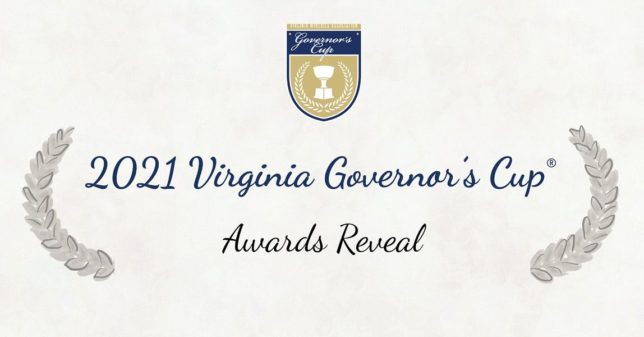








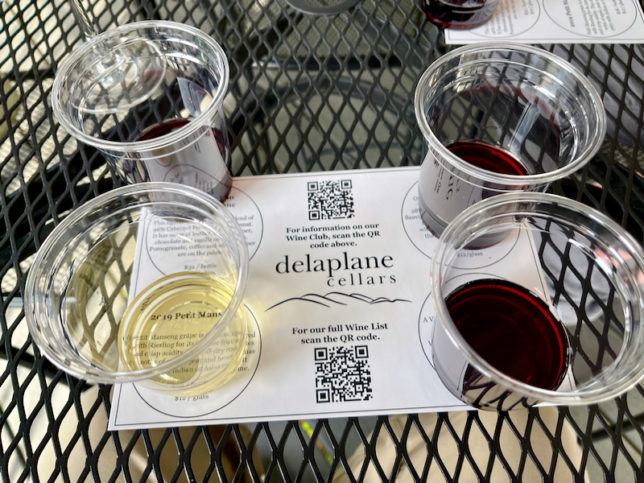




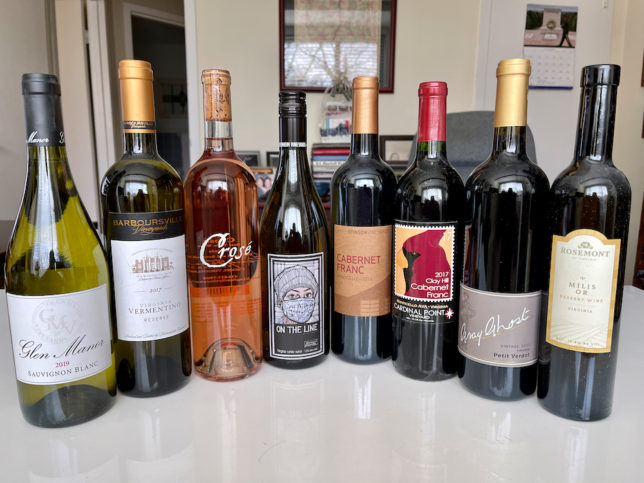
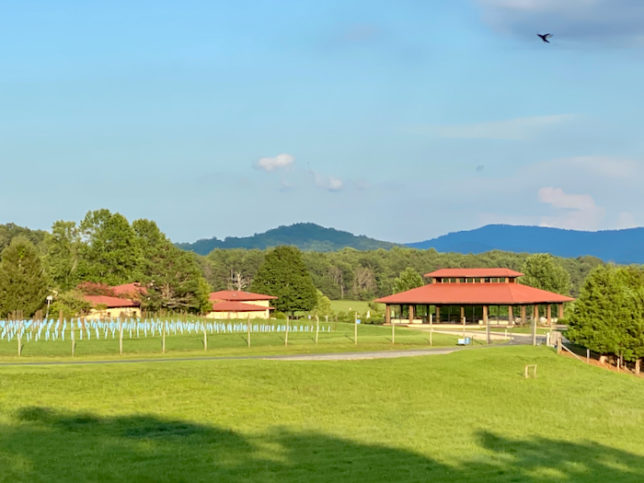
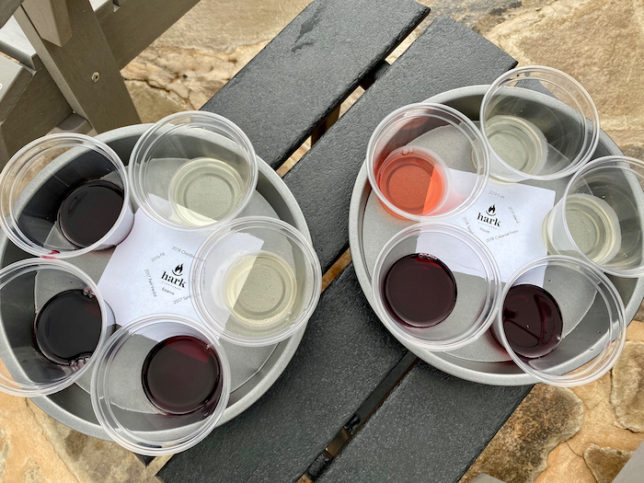
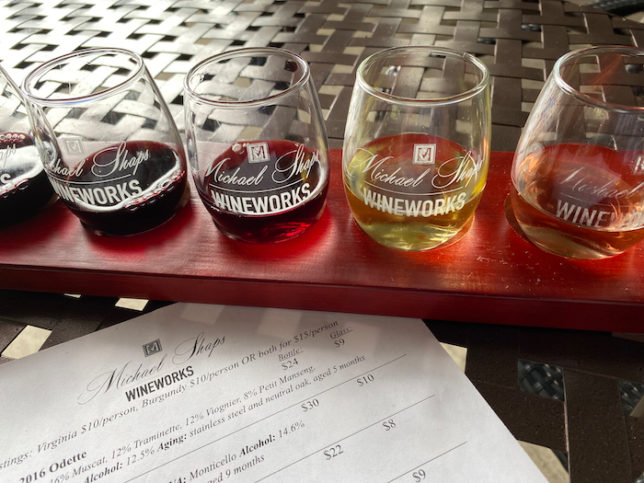

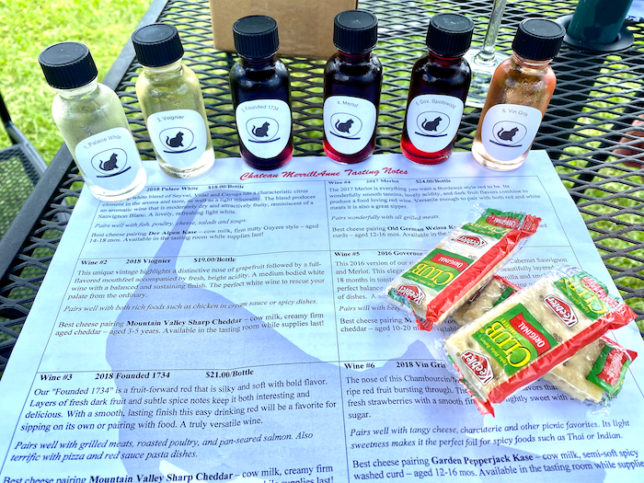

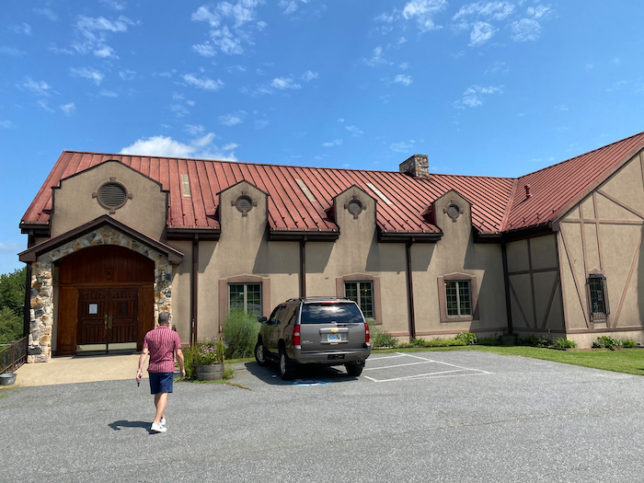
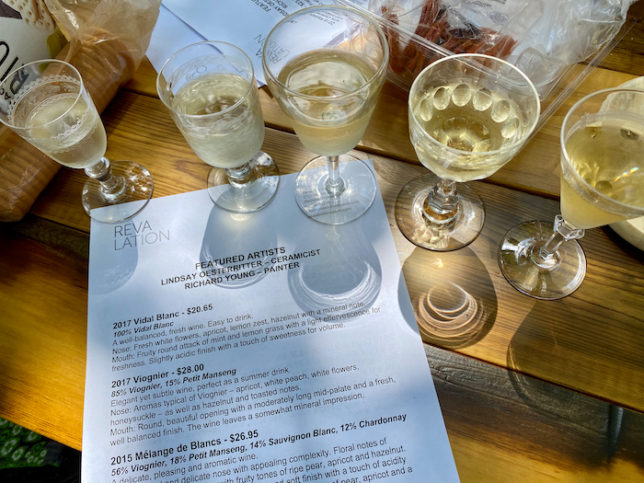
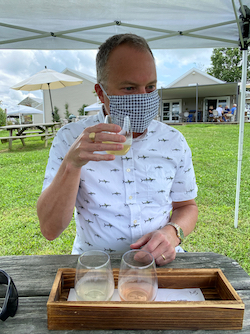 Masks: Yes—-wear them. Wear a face covering to converse with a tasting associate, to enter the building to use the restroom, or when you are not otherwise sipping wine. Masks may be removed when drinking or eating. Also, respect distanced seating arrangements and avoid moving furniture.
Masks: Yes—-wear them. Wear a face covering to converse with a tasting associate, to enter the building to use the restroom, or when you are not otherwise sipping wine. Masks may be removed when drinking or eating. Also, respect distanced seating arrangements and avoid moving furniture.